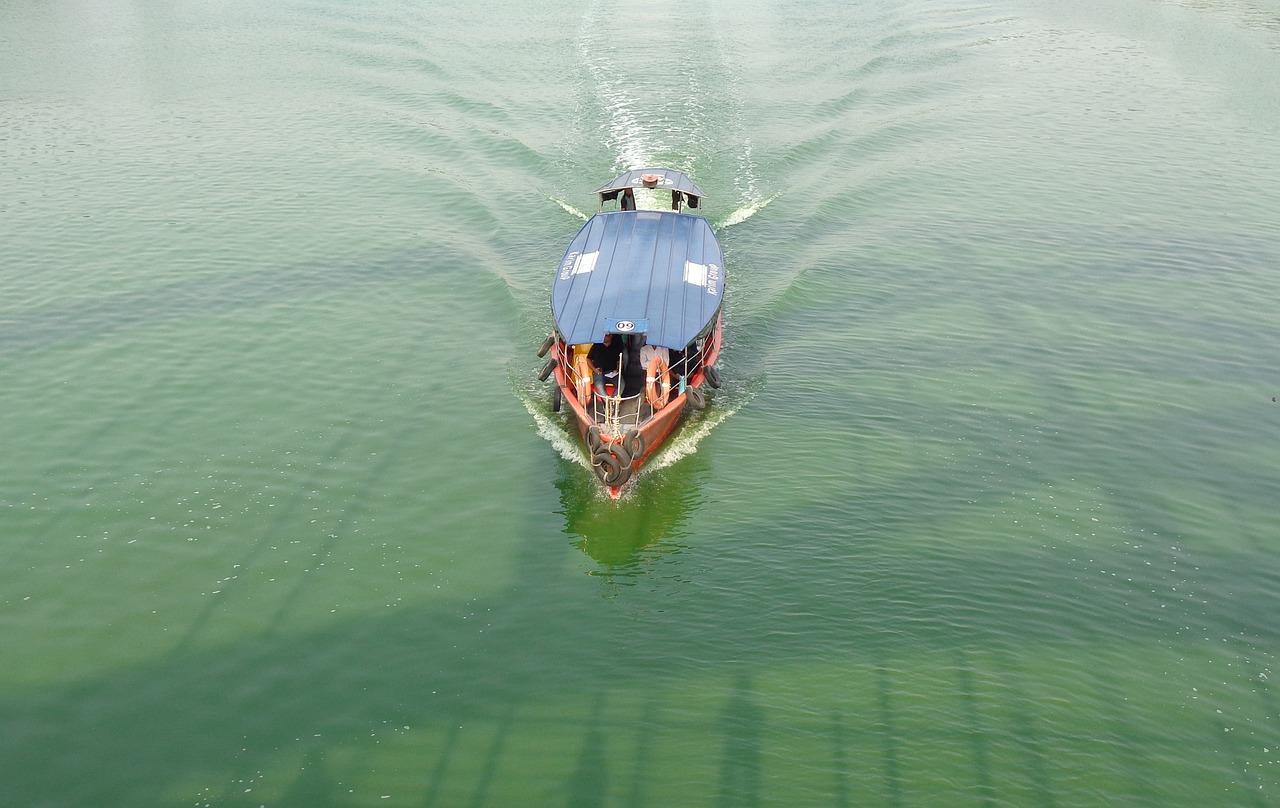What is happening to Energy?
Climate change is altering the energy sector, driving a shift to renewables, increasing energy demand due to extreme weather, disrupting supply chains, influencing regulations and investments, and transforming the workforce. These interconnected changes emphasize the urgent need for sustainable energy solutions in addressing climate challenges.
South Asia’s total energy demand has increased by 50 percent since 2000 and is expected to be more than double by 2050.
Around 152 million people in South Asia currently do not have access to electricity, and over 900 million lack access to clean cooking. Furthermore, nearly two-thirds of South Asia’s energy use is imported.
Transformational initiatives like clean energy and technologies will help ensure energy accessibility and decrease carbon footprints.
South Asia’s commitment to Paris agreements’ goals to limit emissions will require transformational initiatives. The integration of innovation, investment, skill development is essential for a safer future and to reduce GHG emissions. According to the World Bank report 2014, globally the carbon dioxide emissions from the energy sector is the maximum consisting of 41%, followed by other sectors like transport and industry. Although, the emissions of SA were historically low there has been an increase in the total emissions from the energy sector. South Asia has heavy dependence (80%) on fossil fuels which amounts to increased greenhouse gas emissions.
To meet the demand of economic growth, urbanization, high population sustainable energy alternatives are needed to improve environmental conditions. This will not only help reduce depletion of natural resources but also provide opportunities to develop clean and cost-effective energy.
Ensuring energy security also calls for action-based policy and planning. The Jawaharlal Nehru Solar Mission of India promotes large scale solar energy diffusion. Renewable energy policy of Bangladesh harnesses the potential and disseminates renewable energy technology. Renewable energy and resource development plan of Sri Lanka focuses on implementation of large-scale renewable energy projects. The Alternative and the renewable energy policy of Pakistan aims to safeguard the environment by promoting green energy. The alternative renewable energy policy of Bhutan aims to ensure energy security, economic development and protection of the environment. The Maldives Energy’s Policy aims to achieve carbon neutrality and provide all citizens with access to affordable and reliable energy. Nepal’s renewable energy programme promotes hydropower, biogas and solar projects to increase accessibility. Afghanistan’s Renewable energy policy aims to develop renewable energy. The Nationally determined Contributions of South Asia also targets green climate solutions and use green energy.
Development of renewable energy technology will help to provide energy accessibility, limit GHG, achieve NDC goals, National adaptation plans and policies, and achieve UN SDGs goal 7 – ‘Ensure access to affordable, reliable, sustainable and modern energy for all by 2030’.



